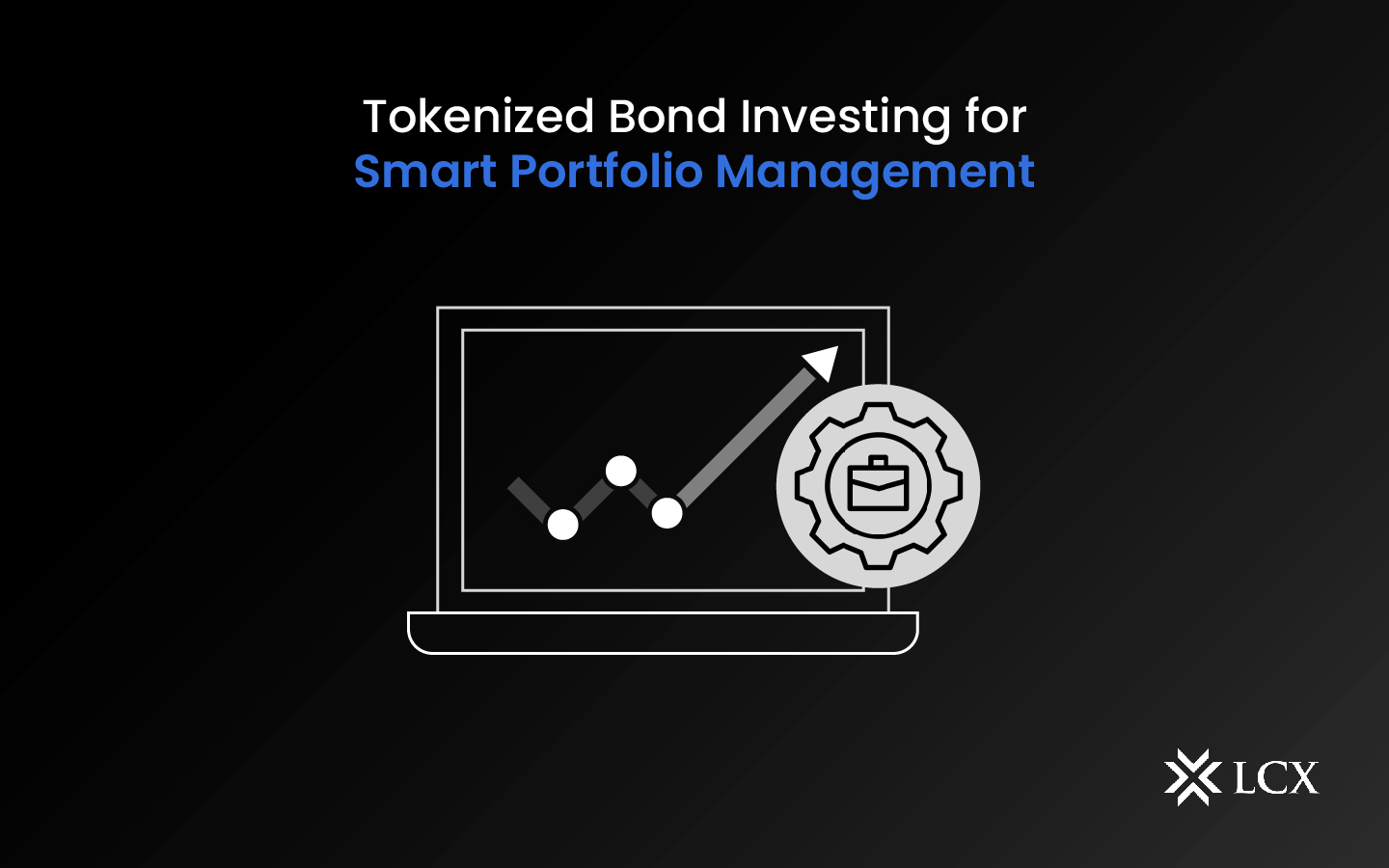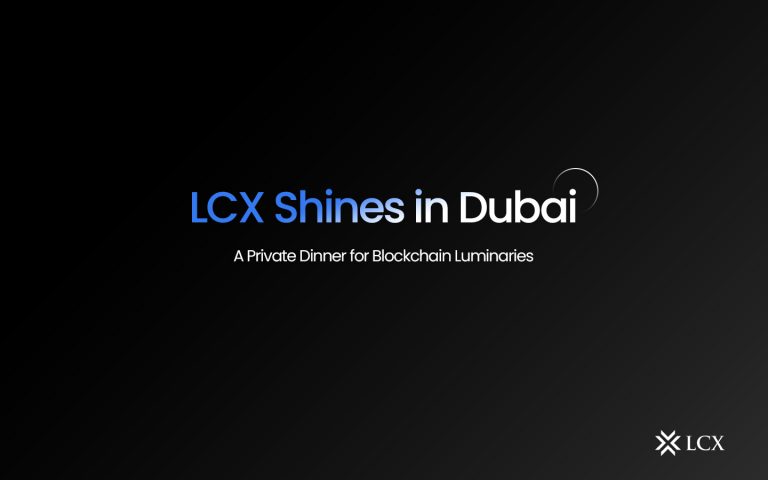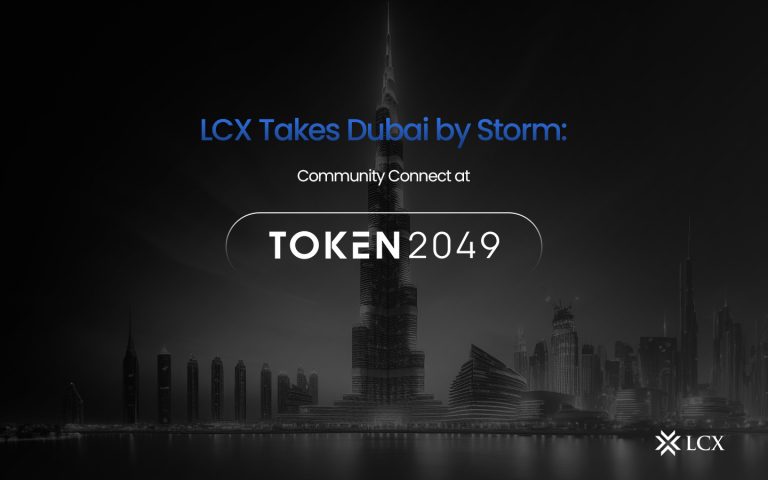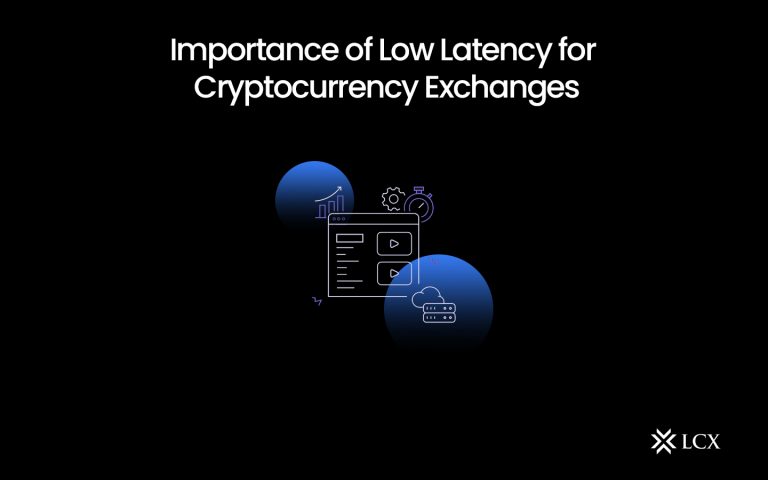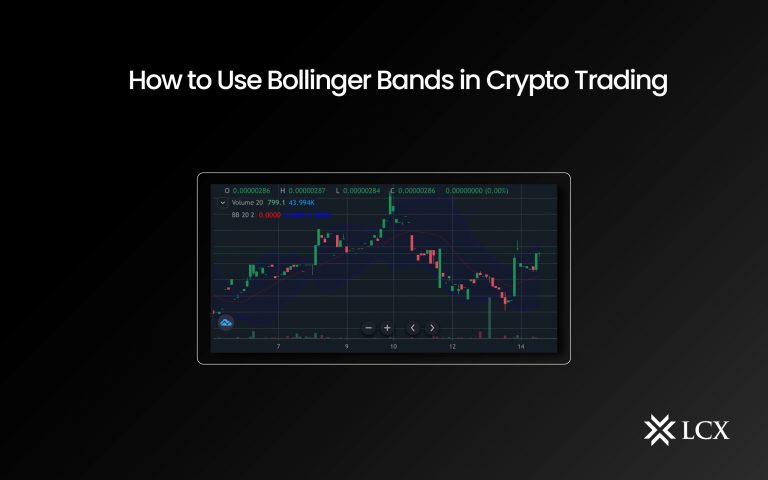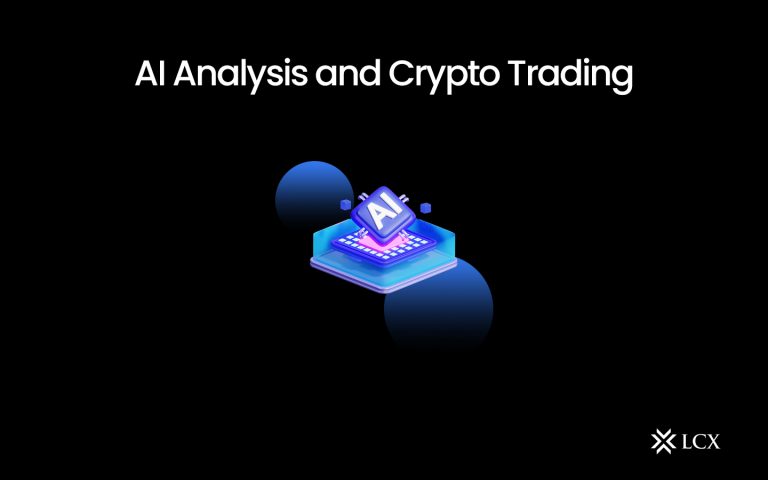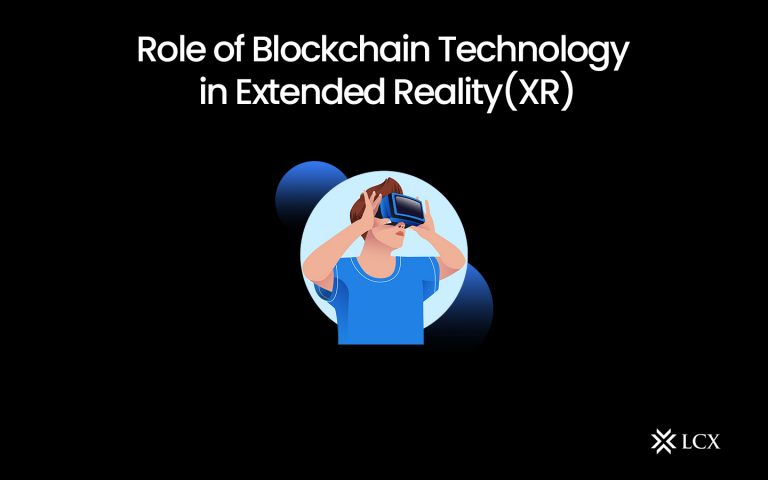When real-world assets are turned into tokens, investors can trade all or part of their tokenized commodities easily. Similarly, asset-backed cryptocurrency reduces instability and provides a solid and credible investment option. Tokenizing commodities would open up new markets for investors looking to invest in tokenized commodities.
What Exactly Is Commodity Tokenization?
Commodity tokenization is a significantly innovative and intriguing concept in the world of investment and trading. Essentially, it is the way to transform a physical commodity, such as oil, gas, gold, silver, and other precious metals, into a digital asset supported by a token through the use of blockchain technology.
The quantity relates to the financial worth of the goods under consideration in the real world. Investors have historically invested in commodities through futures markets, which compel them to either purchase or sell a certain amount of the commodity at a fixed price at a future date.
Yet a new method of dealing in commodities is growing rapidly: tokenizing commodities.
This also opens up opportunities for formerly inaccessible or non-fractionable assets, such as real estate, that were typically reserved for investment firms. The cost of entry is reduced by dividing the right to use an asset into several digital tokens. It allows cryptocurrency investors to expand their portfolio with much more reliable assets while remaining on the blockchain.
Tokenized Commodities Examples
Petroleum and Natural Gas
Blockchain technologies are quickly becoming the foundational technology for many processes in the oil and gas industry. On the more progressive side, Bitcoin mining is now viewed as an environmentally unfriendly and costly alternative to gassing up oil wells. Apart from these uses, we have just begun to see blockchains utilized for the tokenization of oil and gas assets.
Gold
For many years, gold has been a secure vehicle of investment alongside naturally occurring diamonds. Gold ore is extracted in its natural state all over the world. Following mining, the gold is transferred to a refinery, where it is refined into various classes. Fair and balanced evaluators analyze the product for quality and brand it. Following marking, gold is held in bullion banks. Depending on market conditions, gold is then stored or traded by bullion banks. Spot trading, forwards, options, vaulting, and other services are provided by banks. Gold traders, goldsmiths, manufacturers, distributors, and central banks are typical customers of bullion banks.
Silver
Silver and gold are quite similar. The distribution network and trade process are very identical because of the similarities in extraction techniques. Silver has a lower market value than gold since it is more abundant. As a result, silver tokenization offers similar perks to gold tokenization. Commodity-backed tokens are significantly more flexible than many other forms of precious metal possession since they may be traded constantly and universally.
Other Precious Metals
Tokenizing commodities will boost several industries. Assets with solid value offerings will benefit the most from this strategy. Tokenized valuable metals include palladium, platinum, and rhodium. Tokenization techniques similar to those used for gold and silver are applied to these valuable commodities, resulting in greater accessibility and convenience of investment.
Cryptocurrency With a Commodity Backing
Stablecoin is a cryptocurrency that is backed by commodities. Stablecoins fill the gap between cryptocurrencies’ decentralized and safe nature and the security of important commodities and fiat money. A stablecoin is a cryptocurrency that is meant to decrease market volatility by tracking an asset or currency that has a more stable value.
A crypto-stablecoin is different from other cryptocurrencies because it doesn’t have a built-in way to make exchange rates less volatile. The market, which has unpredictable supply and demand, determines the price of cryptocurrencies like Bitcoin. Stablecoin, on the other hand, is less likely to change in value and is close to as effective as the assets it is backed by.
NFTs With a Commodity Backing – Diamonds
In addition to addressing a digital work of art, an NFT may reference the unique code or another identification of a physical item. Tokenization is the process of bringing non-blockchain-based assets onto a blockchain. Now that tangible luxury products like diamonds can now be recorded on the distributed ledger, which makes it simple to trace and authenticate them.
Tiamonds is one great example of asset tokenization. Tiamonds are NFTs representing the ownership rights of real-world Diamonds. All NFTs are 1-1 assets backed by certified Diamonds. All Diamonds are certified by the Gemological Institute of America (GIA) and by LCX certificates. The physical diamonds are insured and stored in a secure vault in the country of Liechtenstein next to the Switzerland Alps.
To purchase Tiamonds, visit: https://tiamonds.com/market
Conclusion
While financial markets evolve and cryptocurrency collapses in sync with stocks, there has never been a better opportunity for holders of digital assets to investigate how to effectively protect their profits.
Commodity assets can be tokenized using blockchain technology and in accordance with the crypto market. Tokenizing real-world assets means that investments are backed by something substantial, providing much-needed consistency for investors who may be experiencing some of the unpredictability of cryptocurrency.
